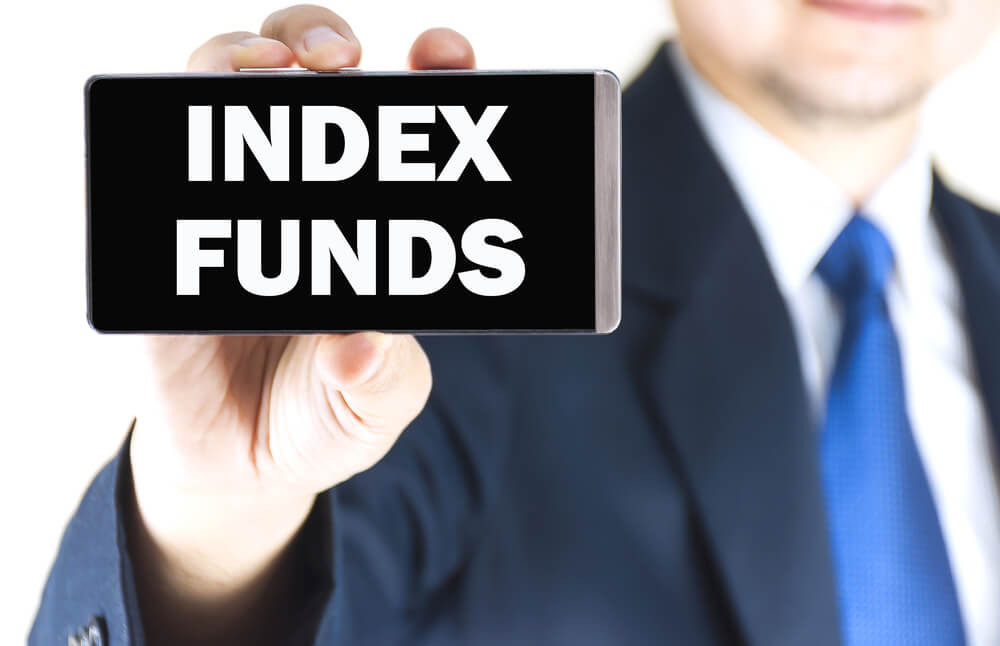I think today, more than ever, it makes sense to stay short-term and tactical with at least part of your portfolio.
The S&P 500 is within spitting distance of new all-time highs, as is the Nasdaq Composite… in a year that saw the worst pandemic in a century and forced quarantines that have already lead to a wave of corporate bankruptcies.
To some, this would be the final vindication that index investing works and that active management is a fool’s errand. To others, it’s proof that the index fund bubble, fueled by Federal Reserve stimulus, has reached the final stages of irrationality.
That said, I do think we’re looking at the makings of an index fund bubble. Perhaps the biggest indication of an asset bubble is that the people doing the buying no longer bother to assign any sort of fundamental value. They buy something because it is already rising and not because they’ve done their homework and consider it undervalued. To the extent that they do fundamental analysis at all, it’s ex post facto. They cherry pick data that would support the current price as opposed to looking at the data with unbiased eyes.
Hedge fund manager Bill Ackman, who oversees Pershing Square Capital Management, wrote about this several years ago in a 2016 letter to his investors, noting that the “greatest threat to index fund asset accumulation is deteriorating absolute returns and underperformance versus actively managed funds” because money flows into these funds with no consideration of value. An indexer buys a stock because it is in the index, not because they’ve done the research or because it’s undervalued.
Indexing works, in theory, because smart, active managers force the market into a state of efficiency. Indexers piggyback on the fundamental research of informed investors, riding the stock market higher and skipping out on the fees. But if “everyone” indexes, no one is doing the fundamental research that makes indexing work to begin with, creating the index fund bubble.
So, ironically, the more popular indexing becomes, the less sense it will make as an investment strategy.
How to Invest in the Era of the Index Fund Bubble
The Federal Reserve is “pot committed,” to borrow a term from poker. As part of its efforts to fight the effects of the virus shutdowns, the Fed is continuing to pump trillions of dollars into the economy, primarily via its assorted bond buying programs.
The Fed isn’t buying stocks or stock index funds. But the truth is, it doesn’t have to. A rising tide lifts all boats, and money that sloshes into the bond market pushes private capital into the stock market.
This is why I believe that the market will go higher from here despite being overpriced by historical standards and despite a really rough earnings backdrop. The index fund bubble will likely get a lot more inflated before it finally bursts.
But I’m not betting my entire nest egg on it. I think today, more than ever, it makes sense to stay short-term and tactical with at least part of your portfolio. I also think it makes sense to look at truly alternative assets like Bitcoin and at high-yield opportunities like business development companies.
When the index fund bubble eventually bursts, you’ll be happy you were diversified.
• Money & Markets contributor Charles Sizemore specializes in income and retirement topics, and is a frequent guest on CNBC, Bloomberg and Fox Business.
Follow Charles on Twitter @CharlesSizemore.
